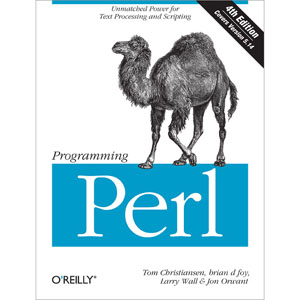After continuing with perplexity, we will introduce smoothing and interpolation techniques to deal with the issue of data sparsity.
Home Page and Blog of the Multilingual NLP course @ Sapienza University of Rome
Tuesday, March 20, 2012
Lecture 5: implementing a language model in Perl; perplexity (20/3/12)
We will see how to implement an n-gram language model in Perl in 20-30 lines of code (!). We will also discuss how to evaluate language models by means of perplexity.
Friday, March 16, 2012
Lecture 4: language models (16/3/12)
Today's lecture is about language models. You will discover how important language models are and how we can approximate real language with them. N-gram models (unigrams, bigrams, trigrams) will be discussed, together with their probability modeling and issues.
Thursday, March 15, 2012
Lecture 3: morphological analysis (13/3/12)
We continued our introduction to regular expressions in Perl. We also introduced finite state transducers for encoding the lexicon and orthographic rules.
Friday, March 9, 2012
Lecture 2: words, morphemes and regular expressions (9/3/12)
Today's lecture was focused on words and morphemes. Before delving into morphology and morphological analysis, we introduced regular expressions as a powerful tool to deal with different forms of a word.
Homework: watch 2001: a space odyssey!
Homework: watch 2001: a space odyssey!
Tuesday, March 6, 2012
Lecture 1: introduction (6/3/12)
We gave an introduction to the course and the field it is focused on, i.e., Natural Language Processing, with a focus on the Turing Test as a tool to understand whether "machines can think". We also discussed the pitfalls of the test, including Searle's Chinese Room argument.
Subscribe to:
Posts (Atom)





